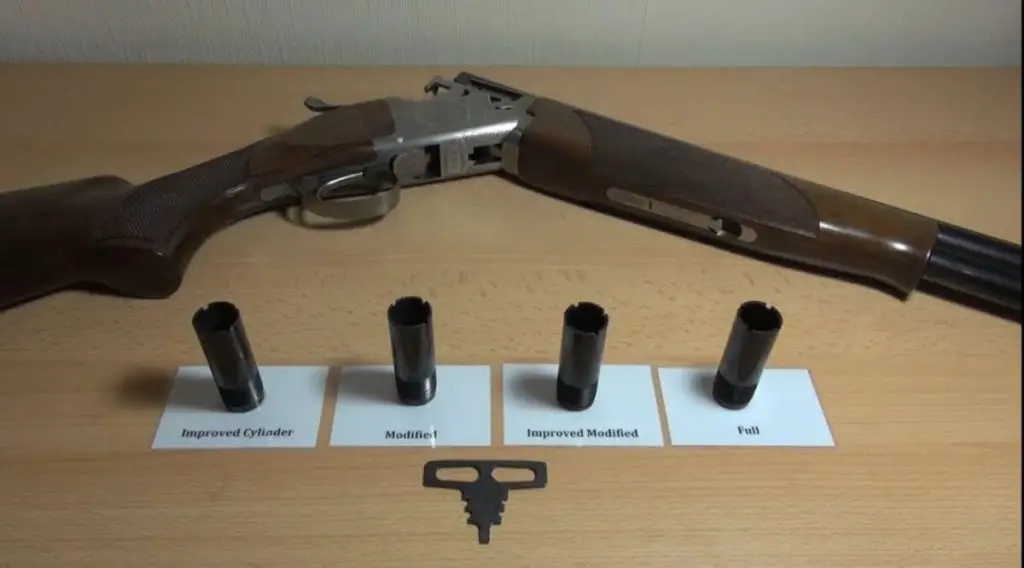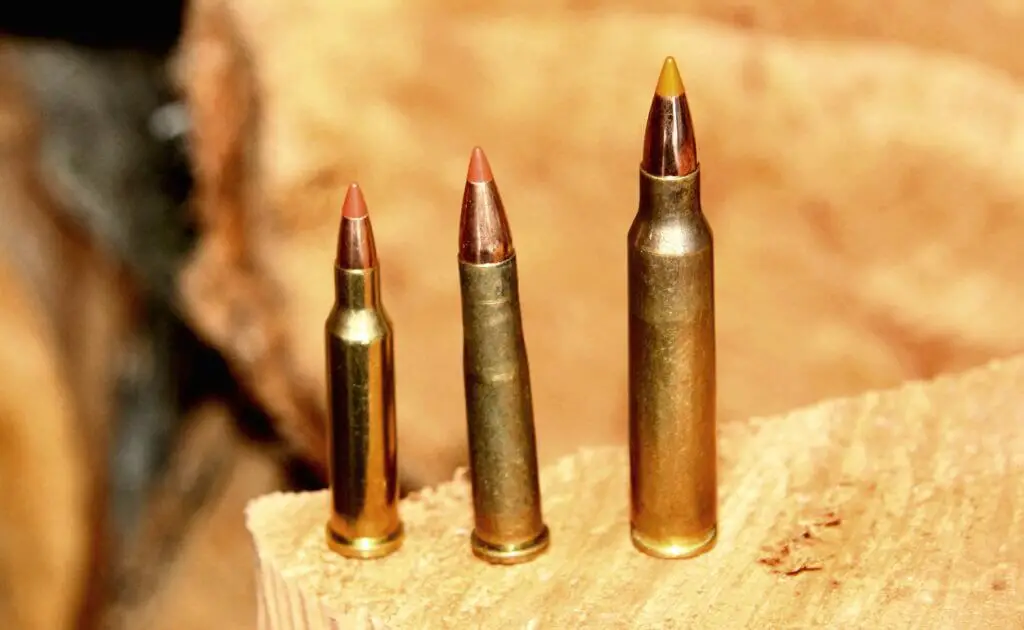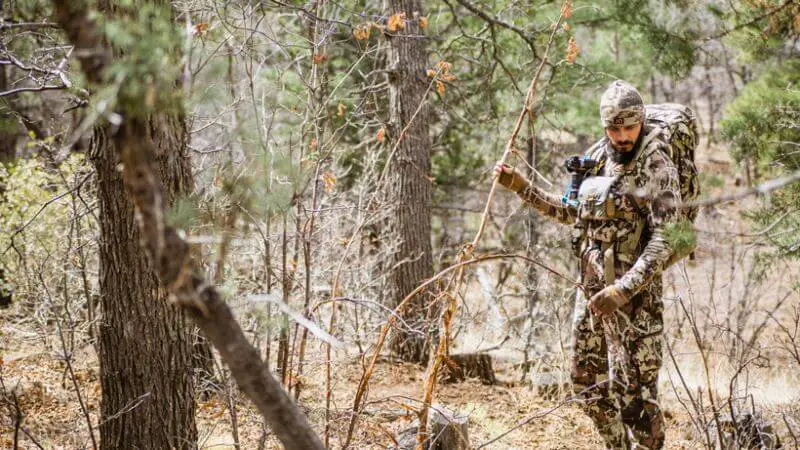When it comes to hunting big game or for versatile shooting practices, the choice of cartridge is crucial. In the world of rifles, the debate between the .30-30 Winchester and the .308 Winchester is one that has carried on for decades. Both cartridges have their own set of unique features, advantages, and drawbacks, making it a tricky decision for enthusiasts and hunters alike. In this comprehensive guide, we will dig deep into the comparison between the .30-30 vs .308, including their historical backgrounds, ballistics, effectiveness, and more, helping you make a well-informed decision.
Historical Background of the .30-30 and .308 Cartridges
Understanding the origins of the .30-30 and .308 cartridges is essential in unraveling their characteristics and uses.
.30-30 Winchester: The Pioneer of Modern Rifle Cartridges
The .30-30 Winchester, previously known as .30 WCF (Winchester Center Fire), was introduced in 1895 as the first small-bore, smokeless powder sporting round. It earned its moniker “.30-30” due to the caliber (.30 inches) and the cartridges’ standard black powder load of 30 grains (1.9 g). The .30-30 quickly became popular for its high velocity, accuracy, and effectiveness in hunting, particularly for whitetail deer in the United States.
.308 Winchester: A Modern Classic
Introduced in 1952, the .308 Winchester was designed as a civilian hunting cartridge that also filled the role of a military round. The .308 came almost half a century after the .30-30, and it leveraged advancements in gunpowder and case design to enhance performance. This versatile cartridge is now globally renowned for its accuracy and reliability, and it is actively used for hunting, target shooting, and military snipers.
Ballistics Comparisons Between .30-30 and .308
The comparison of ballistics between the .30-30 and .308 is crucial for understanding their performance in different shooting scenarios.
Projectile Velocity
One of the significant differences between the .30-30 and .308 cartridges is the projectile velocity. The .308 Winchester typically fires bullets between 2,500 to 2,800 feet per second (fps), while the .30-30 Winchester’s range is generally between 2,000 to 2,200 fps. This gives the .308 a clear advantage when it comes to velocity, providing a flatter trajectory and improved long-range accuracy.
Energy
The kinetic energy of a bullet is a critical factor in determining its stopping power and overall performance. The .308 Winchester cartridge, due to its higher velocity, generates significantly more energy than the .30-30 Winchester. A .308 bullet can generate up to 2,600 ft-lbs of energy at the muzzle, while a .30-30 bullet produces around 1,900 ft-lbs. This increased energy allows .308 bullets to penetrate deeper, delivering a stronger impact on targets at longer distances.
Recoil
Recoil is an important aspect to consider, especially for hunters who want minimum fatigue during long hours in the field. Generally, the .30-30 cartridges produce a milder recoil compared to the .308 cartridges, making it easier for shooters to follow through shots and maintain their form. The .308 Winchester, with its higher powder charge and projectile weight, generate considerably more recoil, which may not be ideal for novice or recoil-sensitive shooters.
Effectiveness of .30-30 and .308 Cartridges in Hunting
When it comes to hunting, both the .30-30 and .308 cartridges have their unique strengths and weaknesses, making them suitable for specific scenarios.
.30-30 Winchester: The Brush Gun Champion
The .30-30 Winchester is a popular choice for hunters in dense woodlands and considered an ideal “brush gun.” Its low velocity and larger caliber make the .30-30 a perfect match for hunting deer-sized game at short to moderate distances (under 200 yards). The .30-30’s cartridges recoil is mild, making it accessible for novice shooters and hunters who prefer lighter guns like the lever-action rifles. However, its limited trajectory and energy output make it less suitable for long-range hunting or precision shooting.
.308 Winchester: A Versatile Hunter
The .308 Winchester’s excellent ballistics and wide selection of bullet designs make it a versatile cartridge suitable for hunting almost any game in North America. It has a flatter trajectory and higher kinetic energy, capable of taking down larger animals like elk and bears at longer ranges (up to 400 yards). Additionally, the higher velocity and better wind resistance of the .308 bullets ensure a more accurate and ethical shot placement, especially in adverse conditions. For hunters who struggle with the .308’s recoil, investing in a rifle with well-designed recoil mitigation features could be a solution.
Summary: Who Wins the .30-30 vs .308 Debate?
Ultimately, choosing between the .30-30 and .308 cartridges depends on your intended purpose, shooting preferences, and priorities. If your goal is to hunt medium-sized game at short to moderate distances, the .30-30 Winchester provides a reliable, time-tested option with manageable recoil. On the other hand, if you’re seeking versatility, long-range performance, and the ability to hunt a wider range of game, the .308 Winchester undoubtedly reigns supreme. Regardless of your choice, remember that practice, shot placement, and proper bullet selection are vital ingredients for a successful and ethical hunting experience.
Frequently Asked Questions
Is a 30-30 as powerful as a 308?
While both cartridges have similar bullet diameters, the .308 is generally considered more powerful due its higher velocity and energy. The .308 Winchester typically has a higher muzzle velocity, greater range, and flatter trajectory compared to the .30-30. The .308 also generates more energy at both the muzzle and downrange, making it more suitable for longer range shots and larger game.
What is the difference between a 308 and a 30 caliber?
The term “.30 caliber” refers to the bullet diameter, which is approximately 7.62mm or .308 inches for both .308 Winchester and .30-30 Winchester cartridges. The primary difference is in their specific cartridge design, with the .308 being a higher pressure round that produces a higher muzzle velocity and more energy than the .30-30. Additionally, the .308 is commonly used in bolt-action and semi-automatic rifles, while the .30-30 is most often used in lever-action rifles.
Is 308 overkill for deer?
While the .308 Winchester is a powerful cartridge and more than capable of taking down deer, it is not considered “overkill.” In fact, the .308 is a popular choice among hunters for its versatility and effectiveness on medium-sized game like deer. The key to a humane and effective kill is to use an appropriate bullet type and place your shot accurately for a quick, clean dispatch of the animal.
Do people still hunt with a 30-30?
Yes, the .30-30 Winchester remains a popular hunting cartridge, especially for those who prefer lever-action rifles. While it may not offer the long-range capabilities or energy of the .308 Winchester, the .30-30 is still an effective cartridge for hunting deer and other medium-sized game at moderate ranges. Its lighter recoil and classic lever-action design are also attractive to many hunters.
Is the .30-30 suitable for long-range shooting?
The .30-30 is generally considered a moderate-range cartridge, with effective distances for hunting usually limited to around 200 yards. Its relatively lower ballistic coefficient and velocity compared to the .308 mean it has a more pronounced bullet drop and less energy at longer ranges. For shots beyond 200 yards, the .308 Winchester is typically a better choice.
Can a .308 rifle use .30-30 ammunition?
No, these two cartridges are not interchangeable. The .308 Winchester and .30-30 Winchester cartridges have different case dimensions and pressure ratings, which means they cannot safely or reliably be fired in a rifle chambered for the other cartridge.
What types of firearms are available in .30-30 and .308?
The .30-30 cartridge is most often associated with lever-action rifles, while the .308 Winchester is commonly chambered in bolt-action and semi-automatic rifles. Although, some single-shot and pump-action rifles are also available for both calibers. It is important to choose a firearm that is specifically chambered for the desired cartridge.
Which cartridge is easier to find and purchase?
Both .308 Winchester and .30-30 Winchester are popular and widely available cartridges. The .308 may be slightly more common due to its widespread use in both hunting and tactical applications, but both types of ammunition can typically be found relatively easily at sporting goods stores and online retailers.
What is the recoil like for the .30-30 compared to the .308?
The .30-30 Winchester typically has less recoil than the .308 Winchester. This is primarily due to its lower pressure and energy compared to the .308. However, the specific recoil experienced by the shooter also depends on factors such as firearm weight and stock design.
Are there significant differences in bullet options for the .30-30 and .308?
Both .308 and .30-30 offer various bullet options for different purposes. However, due to its higher popularity and versatile application, the .308 Winchester generally offers a wider variety of bullet types and weights to choose from, including expanding bullets for hunting and match-grade bullets for precision shooting. The .30-30 Winchester also offers hunting-appropriate bullets, but its selection is somewhat more limited in comparison.
- How to Put a Scope on a Mosin Infantry in Tarkov: A Quick Guide - November 7, 2024
- How to Edit a Scope Box in Revit: A Step-by-Step Guide - November 6, 2024
- How to Put a Scope on Mosin Tarkov: Expert Tips for Gamers - November 6, 2024


